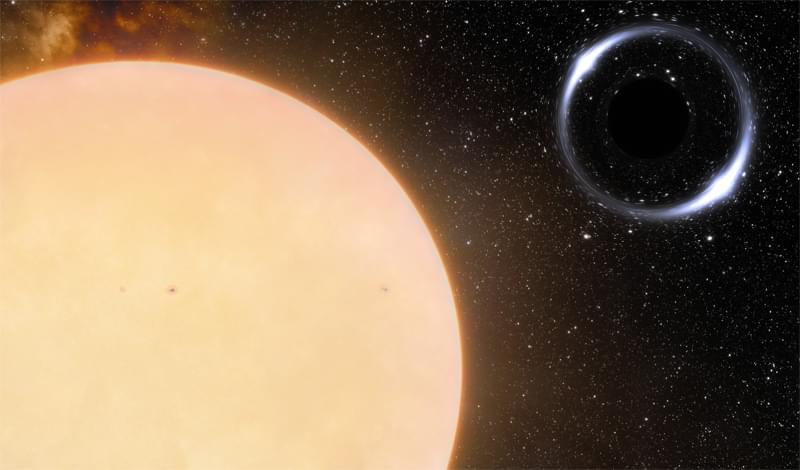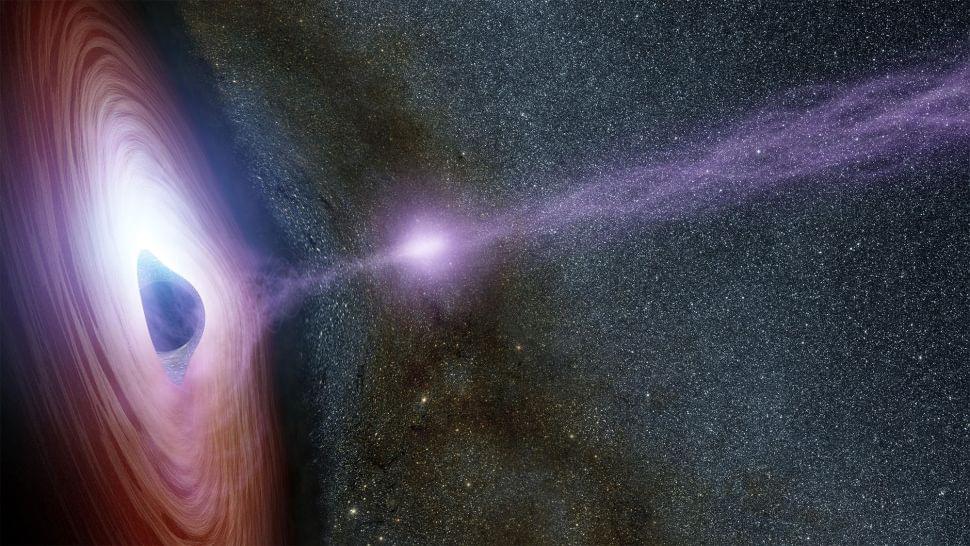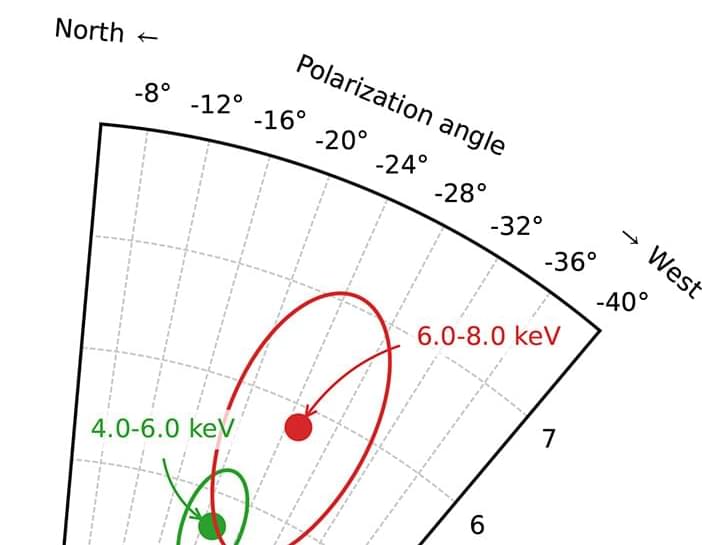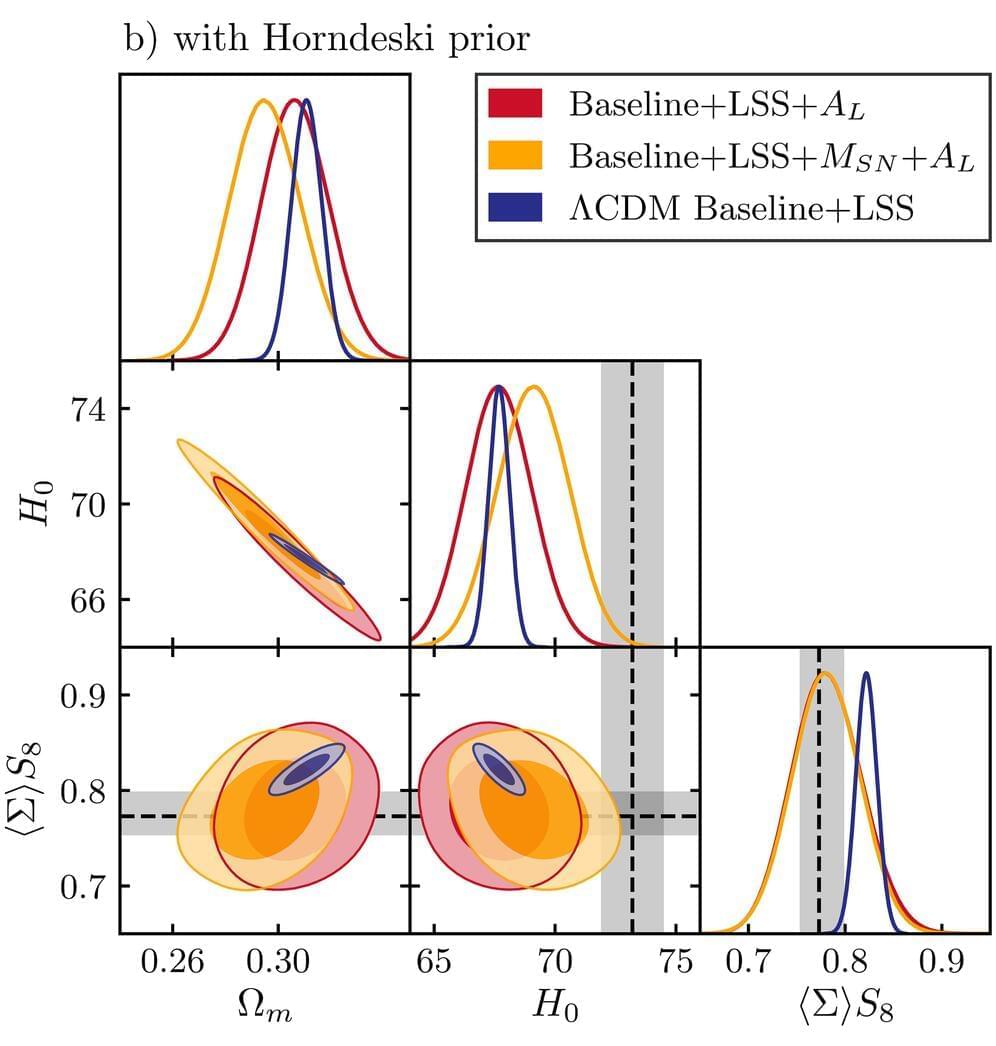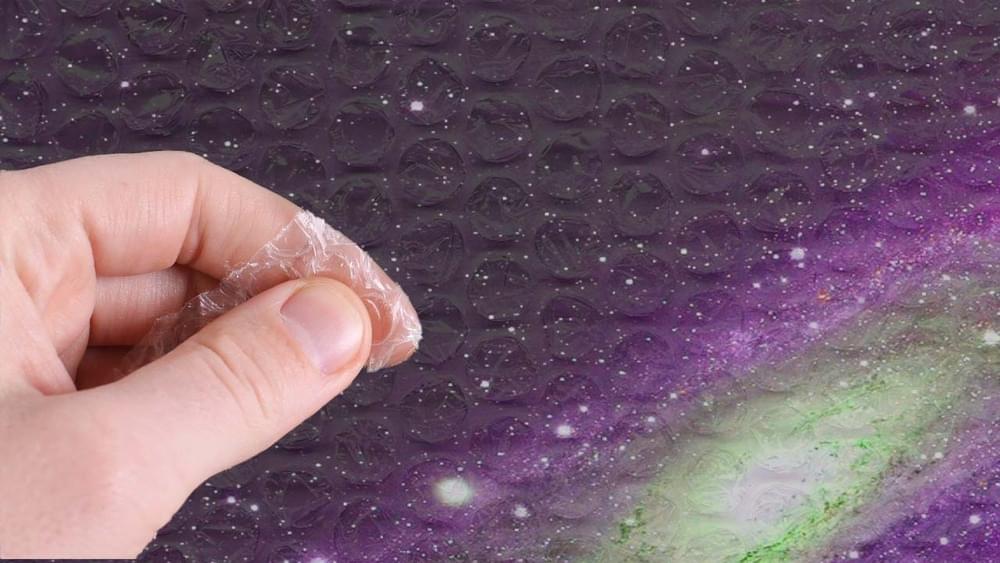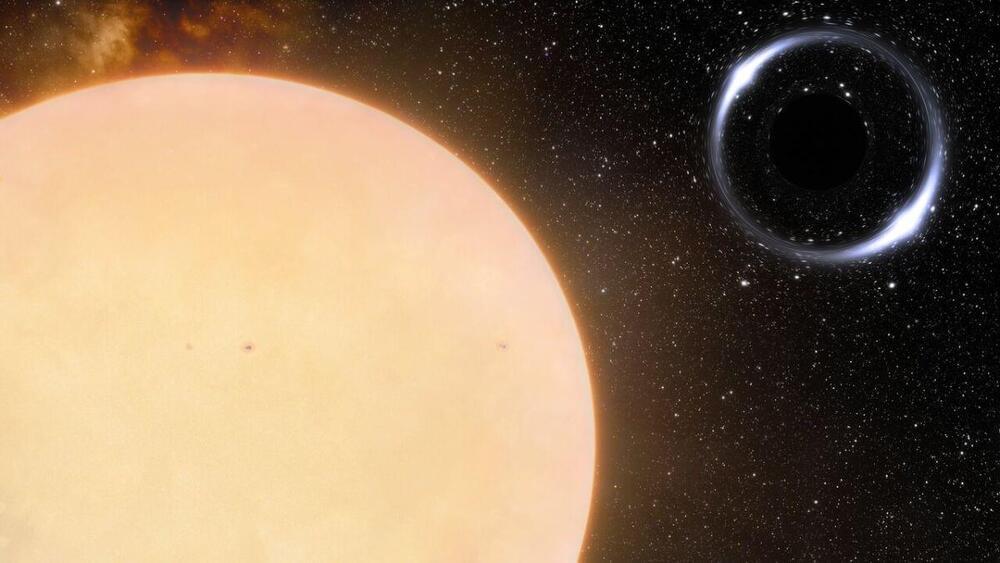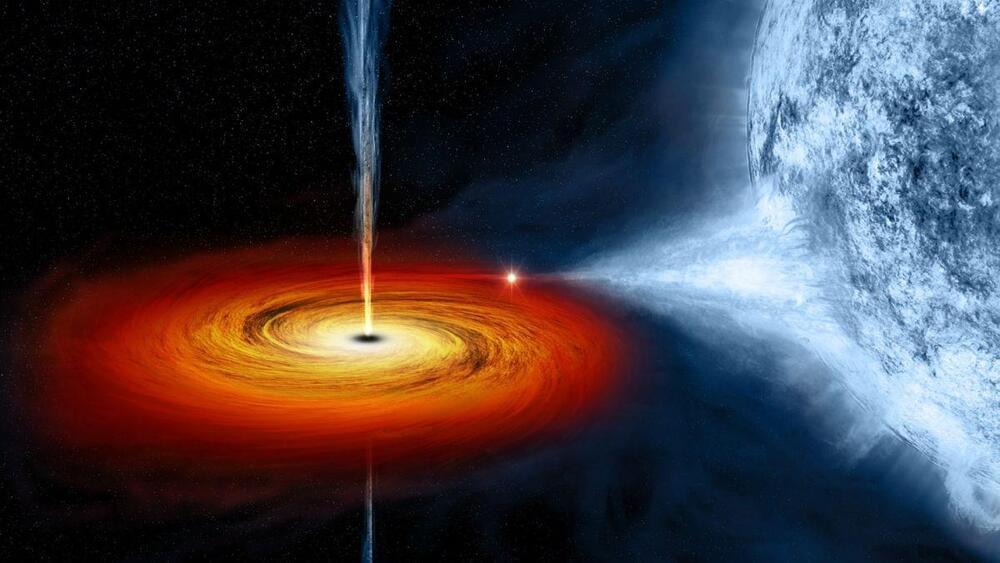Researchers from Australia and Singapore are working on a new quantum technique that could enhance optical VLBI. It’s known as Stimulated Raman Adiabatic Passage (STIRAP), which allows quantum information to be transferred without losses. When imprinted into a quantum error correction code, this technique could allow for VLBI observations into previously inaccessible wavelengths. Once integrated with next-generation instruments, this technique could allow for more detailed studies of black holes, exoplanets, the Solar System, and the surfaces of distant stars.
The interferometry technique consists of combining light from multiple telescopes to create images of an object that would otherwise be too difficult to resolve. Very Long Baseline Interferometry refers to a specific technique used in radio astronomy where signals from an astronomical radio source (black holes, quasars, pulsars, star-forming nebulae, etc.) are combined to create detailed images of their structure and activity. In recent years, VLBI has yielded the most detailed images of the stars that orbit Sagitarrius A* (Sgr A•, the SMBH at the center of our galaxy.
